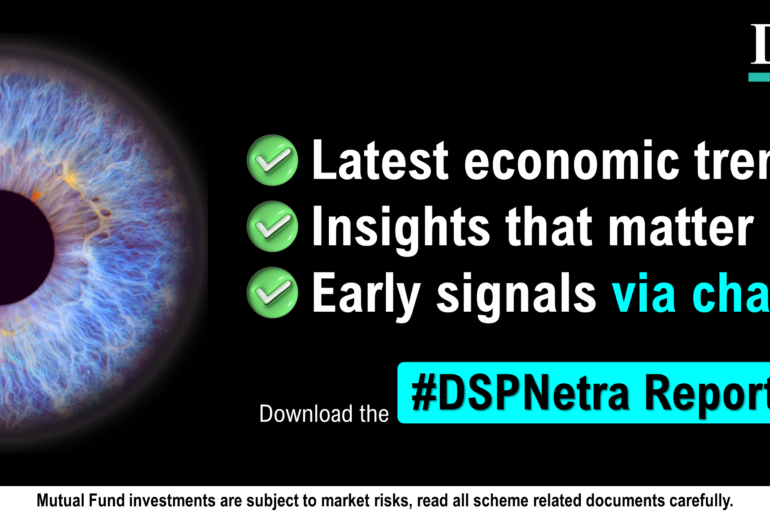Last Updated on Apr 6, 2023 by Anjali Chourasiya
Sometimes, many investors or traders feel the need to hedge a position, want to access assets which are not available in the market for trading, want to increase leverage or need a customisable contract or product. In these certain situations, derivatives are one of the best options to jump in.
Now, let’s quickly understand what derivatives are.
Table of Contents
Derivatives
A derivative is a financial and legal contract between two or more parties in which the value of the derivative security is derived from the underlying asset (like bonds, equity, currency, commodities, currency, interest rate, credit) or the value or returns of another asset of security.
Note that change in the value of derivatives underlying causes change in the derivatives themselves.
Derivatives are mainly used for hedging and speculation. An example to understand Derivatives – Mike is a seller of wool fabric. Harvey is a cloth manufacturer. Mike believes that the price of wool will decrease in the upcoming winter, and therefore he might incur a loss as his stock of wool will be sold at a lower price. On the other hand, Harvey believes that the price of wool will shoot up, and therefore he might not be able to buy much wool due to limited funds, which will lead to less production and, finally, will decrease the revenue. So, they both negotiated and entered into a contract where Harvey will buy wool from Mike at a fixed price of $5/metre after 6 months. Now, if the market price of wool decreases after 6 months, Mike would be happy that he did the right thing and vice versa for Harvey.
Platform of trading
Derivatives contracts is traded both on Exchange and Over the Counter (OTC).
| Basis | Exchange Traded Derivative | OTC Derivative |
Meaning | The contracts here are standardised, regulated, and traded on exchanges like NSE, BSE, NYSE, and NASDAQ, hence improving liquidity, but there is a lack of flexibility. | The contracts here are customised and take place via an informal network of market participants or dealers, hence low liquidity but more flexibility. |
| Transparency | There is low privacy in Exchange Markets as they are transparent, i.e., full information is disclosed to exchanges & regulatory bodies. | OTC contracts are privately negotiated, i.e., all terms and conditions involved with a transaction are held with counterparties only. |
Default Risk | There is no default risk as exchange-traded derivatives is settled via a clearing house that acts as a seller for every buyer and buyer for every seller and provides a guarantee against default. | OTC derivatives involve default/credit/counterparty risk as there are lower regulations as compared to exchange-traded derivatives. |
Types | Options and Futures | Forwards and Swaps |
Quick terminology –
- Long position – An investor who has agreed to buy the asset and is benefited if the market price of the asset (ST) will be more than the price stated in the contract (F0).
- Short position – An investor who has agreed to sell the asset and is benefited if the market price of the asset (ST) will be less than the price stated in the contract (F0).
Exchange-traded Vs OTC Derivatives
Let’s get a brief description regarding types of exchange-traded and OTC derivatives –
A) Options
Option contract provides the owner (option buyer/holder) the right but not the obligation to conduct a transaction (buy or sell) of an underlying asset at a predetermined future price on or before a predetermined future date.
Options are further classified into two types –
- Call Option – Gives the holder the right to buy the underlying asset at a predetermined price/ strike price on or before the expiration date in consideration of a premium paid upfront to the option seller(writer).
- Put Option – Gives the holder the right to sell the underlying asset at a predetermined price/ strike price on or before the expiration date in consideration of a premium paid upfront to the option seller(writer).
Call and Put options are further divided into three types –
S = Stock Price
X = Exercise Price
| In the Money | At the Money | Out of the Money | |
| Call Option | S>X | S=X | S<X |
| Put Option | S<X | S=X | S>X |
Options can also be classified as per the style of exercising it –
- American Options – It can be exercised at any time up to or on the contract’s expiration date.
- European Option – It can be exercised only on the contract’s expiration date.
- Bermuda Option – It can be exercised on the predetermined several specific dates as well as on the contract’s expiration date.
B) Futures
Future contract is a financial contract where both parties are obligated to trade (buy or sell) the underlying asset at a predetermined price and on a set date. This trade is executed on the exchange, which is regulated, and therefore, no counterparty risk/default risk is there.
Future contracts require margin and follow mark to the market mechanism (daily settlement). Two types of margins are there – Initial Margin and Maintenance Margin. Both parties in a future contract must maintain the Maintenance Margin to continue trading. It is used to cover the losses on a daily basis (mark to market). The Initial Margin is the amount required to initiate a futures position. If the balance in the account falls below the Maintenance Margin, the investor gets a margin call, and he must bring the amount back to the Initial Margin.
C) Forwards
Forward contract is a private and customisable financial contract where both parties are obligated to trade (buy or sell) the underlying asset at a predetermined price and on a set date. This trade is executed over the counter, and therefore counterparty risk/default risk is present.
Under Forward contracts, no mark to market is there, and all the settlement happens in the end.
D) Swaps
Swaps are customised derivative contracts between two parties which involve the exchange of sets of cash flows of two financial instruments over a set future date. The most common types of swaps are interest rate swaps, currency swaps, credit default swaps, commodity swaps, and equity swaps.
Let’s try to get a much better understanding through an example –
Mr X took a loan of $10 mn for 10 yrs with a fixed interest rate payment of 6% per annum. Mr X did some analysis and expects the interest rates to decrease in the upcoming years. Mr X contacted his bank manager and explained the situation. The bank manager found a counterparty who is willing to pay the fixed interest rate payment of 6% per annum for 10 yrs on $10 mn (notional principal amount) in return for variable interest rate payment, i.e., LIBOR plus 2%, as he believes that LIBOR (London Interbank Offered Rate) will increase in future. So, Mr Y (counterparty) and Mr X entered an interest rate swap contract and started paying exchanged interest rates as defined.
Now, if the interest rates go down in the future, Mr X will be happy and vice versa.
Points to remember
- At each settlement date, the two payments are netted so that only one net payment is made.
- Note that the notional principal amount remains the same for both parties, and there is no exchange of the same. Only interest rates are exchanged and paid.
- Swap banks act as an intermediary between the counterparties and charge a slight premium for executing a swap contract.
In a nutshell
Derivatives are contracts whose value is derived from an underlying asset or security. They are mainly used for hedging and speculation. Derivatives can be traded on exchanges or over the counter. Exchange-traded derivatives are standardised, regulated and settled via a clearing house, while OTC derivatives are customised, negotiated privately and involve counterparty risk.
- Exchange Traded Derivatives Vs Over The Counter (OTC) Derivatives - Apr 6, 2023
- NPV vs IRR - Feb 20, 2023



